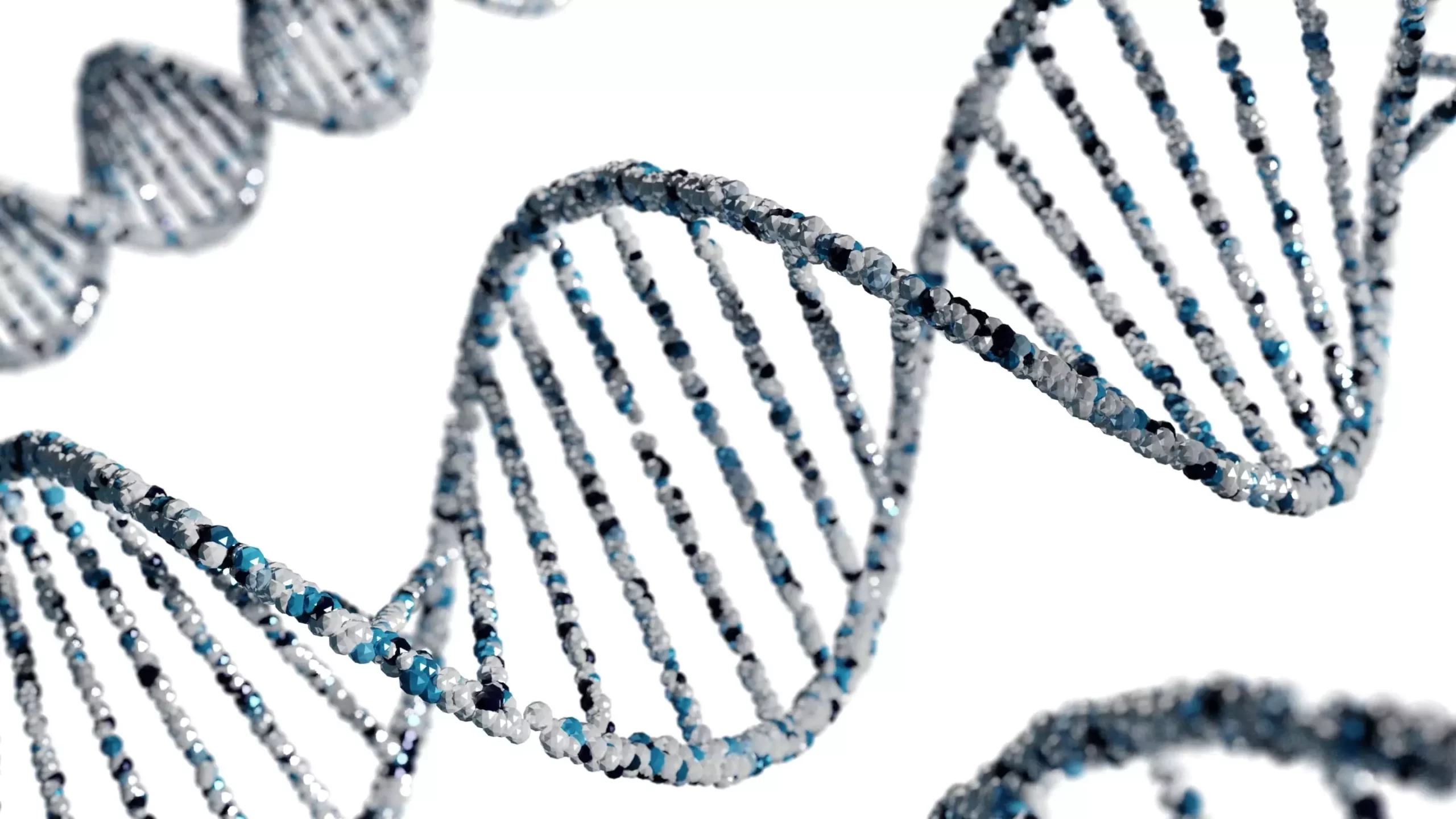In the ever-evolving realm of medicine, new treatment methodologies often capture headlines; όμως, the intricate nature of many recent innovations presents challenges in cost and complexity that can limit their application. While personalized cancer therapies employing modified immune cells or sophisticated antibodies show great promise, the majority of medical therapies continue to rely on small chemical compounds. These traditional treatments can be produced in abundance and at a lower cost. A significant hurdle in developing new molecular therapies lies in the limited discovery of novel active substances through existing methods. However, a groundbreaking solution, birthed from research at Harvard and ETH Zurich in the 2000s, holds the potential to revolutionize this landscape: DNA-encoded chemical libraries (DEL).
The DEL methodology initially provided the capability to generate and test millions of chemical entities simultaneously. Yet, its application was constrained by the complexity of synthesis, which primarily focused on smaller molecules derived from a limited set of chemical building blocks. Recently, chemists at ETH Zurich have made remarkable advancements, enabling the rapid synthesis of billions of diverse substances in just a matter of weeks. Their innovative method, detailed in the prestigious journal Science, now allows for the creation of not only small compounds but also larger drug molecules like ring-shaped peptides, thereby expanding the horizons of pharmacological targeting.
As noted by Jörg Scheuermann, a key figure in DEL research, the evolution of this technique redefines the possibilities for drug discovery. The groundwork of combinatorial chemistry emphasizes generating a multitude of molecular variants from minimal building blocks, allowing researchers to sift through an increasingly complex array of combinations to identify compounds with desirable biological activities.
The essence of the DEL method relies on linking unique short DNA sequences, functioning as barcodes, to each synthesized molecule. By doing so, researchers can effectively trace and identify individual compounds from what Scheuermann refers to as a ‘molecular soup’ during efficacy testing. This process capitalizes on polymerase chain reaction (PCR) techniques, which have gained fame for their role in COVID-19 testing, to amplify and distinguish these DNA markers.
Historically, the limitations of DEL technology stemmed from the inherent variability in how chemical building blocks connect. Consequently, the integrity of the DNA barcodes was often compromised, as they could represent both complete molecules and partial structures. Therefore, researchers faced challenges with contamination, which compounded the difficulty in managing the library’s size effectively, typically restricting it to a few million compounds.
In an impressive stroke of ingenuity, Scheuermann’s team has pioneered a purification mechanism that safeguards the integrity of synthesized DELs. The process leverages magnetic particles for easier manipulation and automated washing cycles, coupled with a specialized chemical component that binds uniquely to the final building block. This innovative strategy allows for the effortless removal of truncated molecules lacking complete structures in a single wash, ensuring the library retains only the intended compounds.
Implementing such a procedure posed significant technical challenges, particularly in identifying magnetic particles that would not interfere with the enzymatic activity required for linking DNA fragments. The successful execution of this method, as highlighted by doctoral researchers Michelle Keller and Dimitar Petrov, epitomizes the determination and ingenuity inherent in modern scientific inquiry.
The advancements in DEL technology mark a profound shift in drug discovery paradigms. Previously constrained to searching for smaller active compounds that fit precisely within protein active sites, researchers can now explore larger molecular candidates capable of binding to diverse regions of protein surfaces. This change not only increases the likelihood of discovering new drugs but also enhances the understanding of protein functions within biological systems.
Moreover, the implications of this technology extend into significant global research endeavors. Initiatives like Target 2035 aim to identify specific molecules for approximately 20,000 human proteins, striving to have a therapeutic candidate for each protein by the year 2035. The self-purifying nature of the ETH method aligns perfectly with such extensive research goals.
Recognizing the transformative potential of their findings, Scheuermann and his team aspire to bridge the gap between research and industry through the establishment of a spin-off company. This venture will streamline the entire DEL process, ranging from the development of chemical libraries to automated synthesis and testing, thereby democratizing access to this promising technology for pharmaceutical research and development.
The refined DEL technology represents a watershed moment in the field of medicinal chemistry, poised to facilitate unprecedented molecular discoveries while addressing the critical limitations of existing methods. The journey toward optimizing drug candidates from billions of possibilities holds enormous promise for the future of medical treatment, bringing us closer to innovative solutions that can change lives.


Leave a Reply